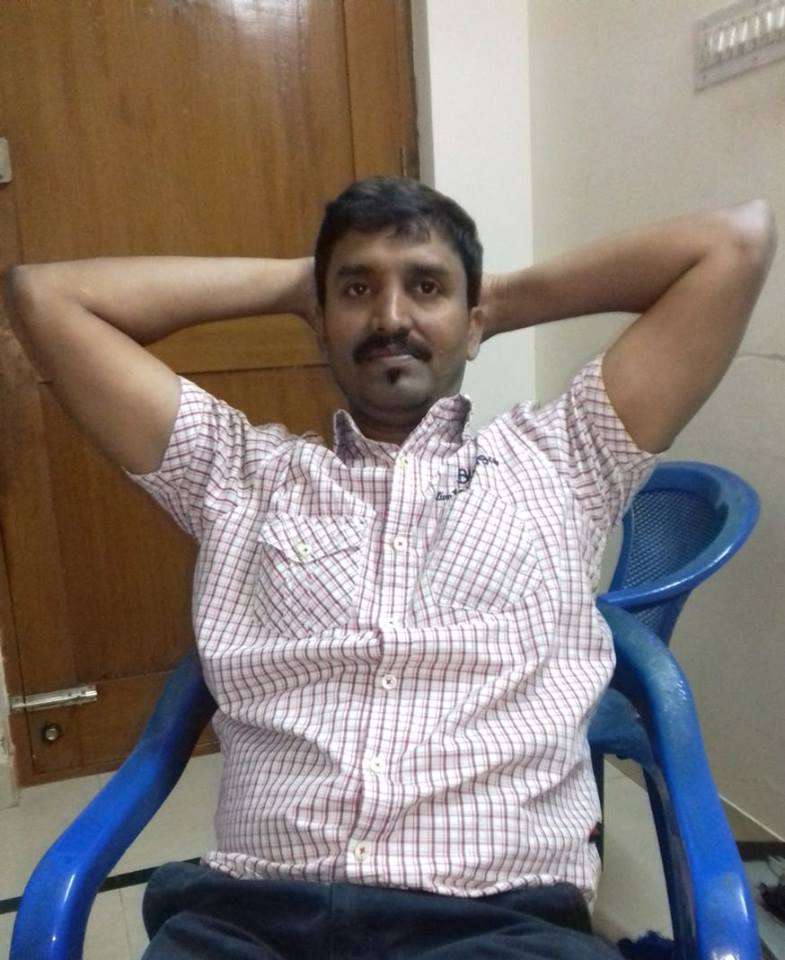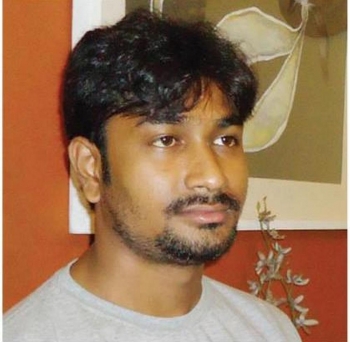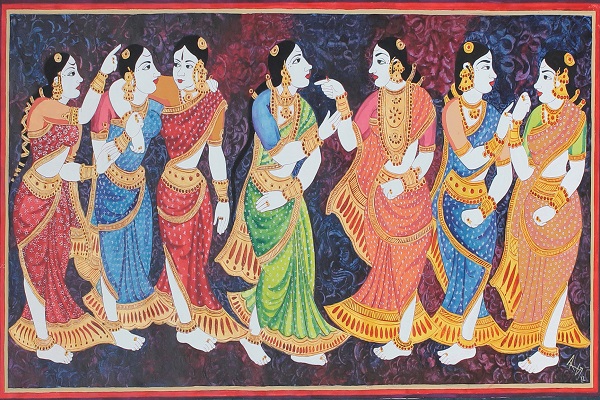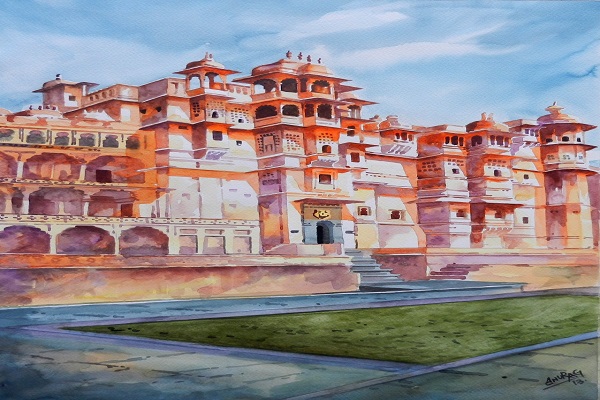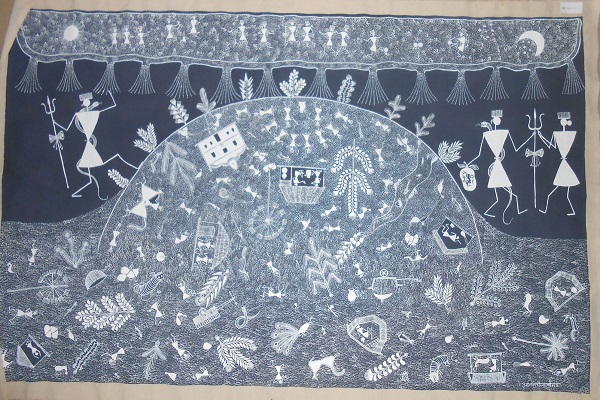
India, a country with many different cultures and customs, has a rich history of artistic genres that have developed over time. These Indian art forms reflect the country’s deep-rooted cultural tapestry and serve as a testament to the artistic prowess of its people.
In this blog, we will explore famous Indian art forms that beautifully encapsulate its cultural heritage and continue to captivate audiences globally.
14 Traditional Indian Art Forms
Indian art has been passed down from generation to generation and is being practiced now in various areas of the nation thanks to internet art galleries. A multitude of art styles have developed over time because of the diversity and distinctiveness of cultures; some have remained unaffected by modernization while others have adapted to new paints and materials. They’re all unique, admirable, and inimitable in their own might.
They used to be created on canvas or fabric using natural dyes and colours from the earth, mud, leaves, and charcoal, giving them an old-fashioned, nostalgic feel. Here’s a look at 14 Indian painting forms that are still practiced in select parts of the country:
1. Madhubani Paintings
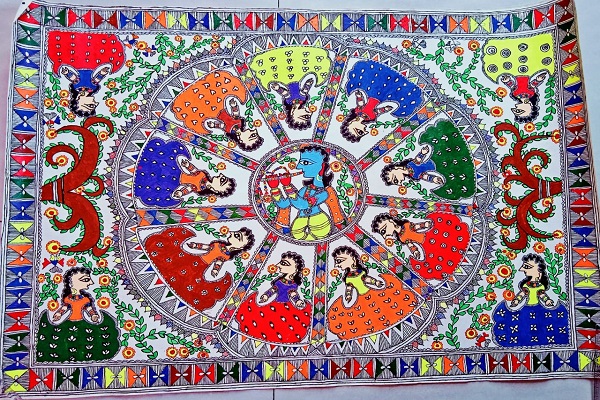
Madhubani paintings are a vivid type of folk art that have its origins in the Mithila area of Bihar. Created using natural dyes and pigments, these paintings showcase intricate artwork and patterns. Madhubani paintings frequently use images of nature, wildlife, and deities while illustrating mythical and folk topics. The use of vibrant colors, intricate detailing, and geometric patterns makes these artworks visually striking and a true representation of Indian aesthetics.
Madhubani paintings often revolve around Hindu deities, nature, and mythological stories. These are traditionally created by women using natural dyes and pigments, and they serve as a visual narrative of local customs and beliefs.
2. Miniature Painting
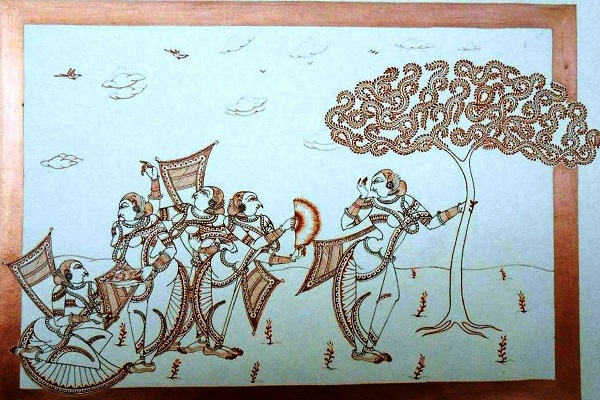
The miniature paintings showcase a fusion of Persian, Islamic, and Indian artistic movements. This style of painting originated in the sixteenth century, and its common subjects include wars, animals, court scenes, portraits, legendary tales, gatherings, hunting scenes, etc.
These paintings are made using a paper-based "wasli" and natural stone hues. The distinctive characteristics of miniature painting include delicate brushwork, complexity, detailing, and stylization. India's miniature painting tradition has evolved into several unique schools, including Kangra, Rajasthan, Malwa, Pahadi, Mughal, Deccan, and others.
3. Kalamkari
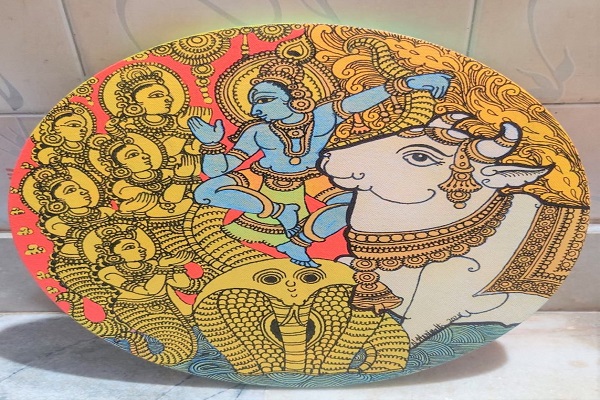
This art, which has been practised for more than three thousand years, has a close relationship to Persian themes. Drawings made with a pen are what the word "kalamkari," which stems from the word "kalam," signifies. In Andhra Pradesh, this organic form of hand and block printing has endured for many years.
Kalamkari textiles feature stylized animal forms, floral themes, and mehrab designs that are common in Kalamkari paintings. Earthy hues like green, rust, indigo, mustard, and black are used in kalamkari art. Today this art is used in ethnic clothing, and depicts anything from fauna and flora to epics such as Mahabharata or Ramayana.
4. Tanjore Paintings: Divine Masterpieces
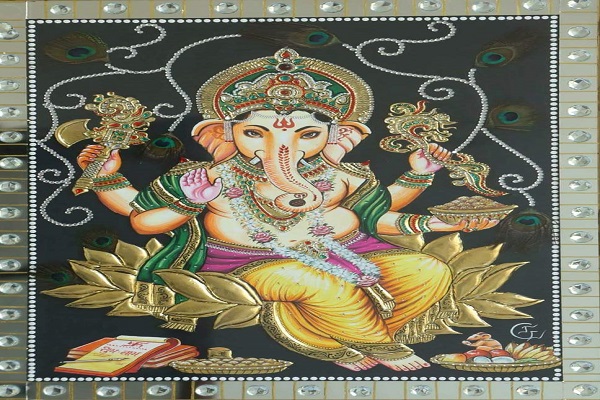
Originating from the town of Thanjavur in Tamil Nadu, Tanjore paintings are renowned for their rich colors, gold foil embellishments, and intricate detailing. These paintings often depict deities, saints, and mythological stories from Hindu scriptures. The use of precious stones and vibrant pigments adds a touch of opulence to these divine masterpieces.
Tanjore paintings have a distinct charm and continue to be treasured as a symbol of South Indian artistry. These paintings are made on wooden planks, and the main subjects are always painted in the centre. The Deccani and Maratha art, as well as European forms, are all reflected in the styles of this painting.
Read More: Traditional Paintings: Top 11 Indian Art Forms
5. Phad Painting
The term "phad" refers to the 30 or 15-foot-long canvas or cloth on which the painting is created, therefore the name "phad" for the art form. It is the narrative scroll painting tradition from Rajasthan, dating back a thousand years. On horizontal fabric scrolls, tales of local deities and heroes are painted in red, yellow, and orange colours.
The Phad scrolls portray combat scenes, action tales, fabled romances, and the wealth of Indian royal states. One is mesmerized by the Phad painting style's ability to incorporate several storylines into a single piece while yet maintaining the aesthetics of creative expression.
6. Pattachitra
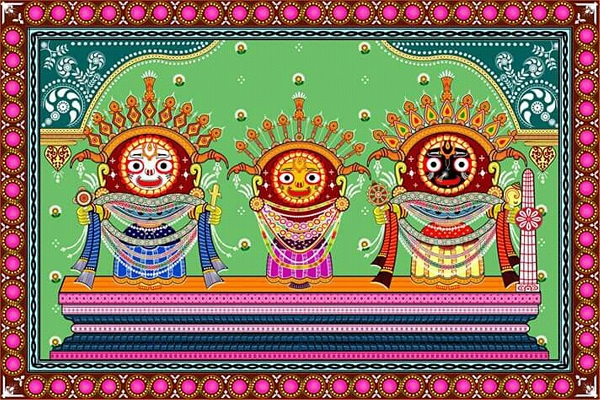
Pattachitra depicts to "image on canvas" in Sanskrit because Patta denotes a canvas and Chitra denotes an image or painting.
Pattachitra or Patachitra dates back to the fifth or seventh century and has its origins in the Indian states of Orissa and West Bengal.
The main theme of this Indian art form is mythology and another fact is that most of the paintings are influenced by the Vaishnava cult. And for this reason, Lord Krishna may be seen in them.
7. Kalighat Painting
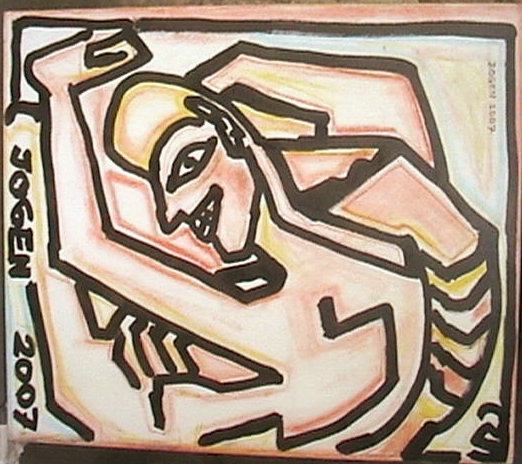
Kalighat Painting, often referred to as Bengal Pat was created in Kolkata, West Bengal's Kalighat neighborhood, sometime in the 19th century.
The paintings are created on fabric, or patta, and initially had a mythological theme with images of gods and goddesses. However, over time, the artists began to employ this type of Indian art for social reform.
By depicting a priest with an unchaste lady or a police officer accepting bribes, Kalighat paintings were utilised to increase public awareness.
8. Gond Painting
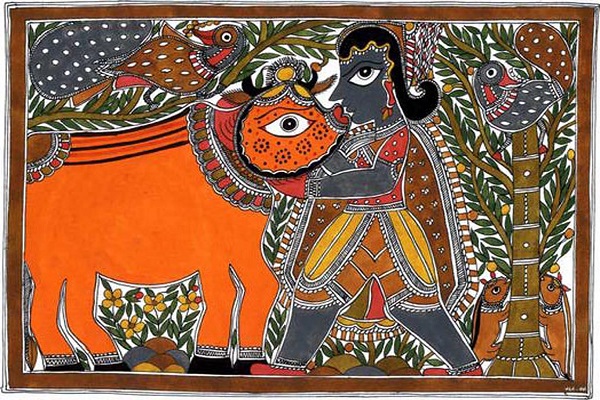
The Gond tribe, one of the biggest in India, first created the Gond painting 1400 years ago. They are a people that dwell in Madhya Pradesh.
This traditional Indian art form looks like it is a gift by the Gonds to mother nature as these paintings depicted only the flora and fauna.
The components are made using acrylic paints but earlier the artisans would use colors derived from plant sap, leaves, cow dung, colored soil, etc.
9. Mysore Painting
In and around the city of Mysore in the state of Karnataka, a valuable traditional South Indian painting style known as "Mysore painting" emerged.
The Mysore rulers supported and nurtured this art genre. Mysore paintings, like many other old and traditional types of art in India, frequently incorporate tales from Hindu gods and goddesses and Indian mythology.
The beauty, richness, and subtlety of Mysore's paintings set them apart from other types of art.
10. Rajput Painting
Rajput painting, usually referred to as Rajasthan art, was particularly well-liked in Rajputana, a region in northern India, in the 17th century.
Artists educated in the Mughal miniature tradition, who had been expelled from the royal Mughal court, created styles that drew inspiration from regional painting traditions, particularly those depicting the Hindu sacred epics Mahabharata and Ramayana.
Although it covered a wide range of topics, it was notable for its pictures of the royal family—often depicting them hunting or going about their daily lives—from epics or Hindu myths, as well as its distinctively stylized images of unidentified people, which were usually regarded favourably.
To extract the colour, certain minerals, plant materials, seafood, and even precious stones were processed. Gold and silver were utilised.
11. Warli Art
Warli art is an easy-to-understand but enthralling style of tribal painting that has its origins in the tribal communities of Gujarat and Maharashtra. Using basic geometric shapes like circles, triangles, and lines, Warli paintings depict scenes from daily life, agricultural activities, and rituals. These artworks have a rustic beauty because to the monochromatic colour scheme, which often features white on a reddish-brown background. It also highlights the sense of peace and camaraderie.
12. Mughal Painting
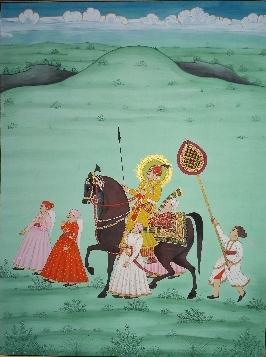
It is exclusively made as miniatures for book illustrations or as solitary pieces to be stored in albums. The majority of Mughal painting, a uniquely South Asian art tradition, is North Indian painting—more specifically, art from present-day Pakistan and India.
The origin of this art style during the 16th and 18th centuries at the court of the Mughal Empire was a Persian miniature painting, which also had some Chinese influences.
Battles, stories, hunting scenes, animals, royal life, mythology, and other themes have frequently been portrayed in paintings.
The spread of Muslim (and particularly Persian) arts and customs throughout South Asia is attributed to the Muslim Mughal emperors.
13. Pichwai Painting

The name "Pichwai," which is derived from the Sanskrit words "Pichh" for "back" and "wais" for "hanging," designates enormous sacred Hindu painted images of Krishna, usually on cloth.
In English, it means "that which hangs from the back." They are most frequently created to hang in the Pushtimarg-style Hindu temples like the Shrinathji Temple in Nathdwara, Rajasthan.
To signify his actions, they hang behind Shrinathji, a localised image of Krishna who acts as the focal point of Pushtimarg devotion. Another area connected to them was Aurangabad.
Pichwais are written to explain Krishna stories to individuals who cannot read or write, rather than just for aesthetic reasons.
Temples often refresh their collections of unique pictures to coincide with the schedule of god-honoring feasts.
14. Kerala Mural

Hindu mythology-themed paintings in Kerala are mentioned in murals. Mural painting traditions are prevalent across Kerala, home to many of India’s ancient temples and palaces.
The majority of them date to the ninth through the twelfth century CE, when this style of art was supported by the royal class.
Kerala's native muralists underwent tremendous suffering and even risked extinction under British rule, despite having the support of numerous rulers.
After India gained its freedom in 1947, the mural traditions of Kerala's major temples were revived.
The Thirunanthikarai Cave Temple and Tiruvanchikulam murals, which are now in Tamil Nadu, are said to be the oldest instances of Kerala's distinctive mural style.
Interesting Blog: The Legacy of Indian Art Forms
Conclusion
The Indian art forms are a testament to the country’s rich heritage and cultural diversity. From the intricate brushstrokes of various styles of paintings to the expressive movements of dance forms, each art form carries its unique charm and narrative.
These artistic traditions not only connect us to our roots but also provide a glimpse into the vibrant tapestry of Indian culture, leaving us in awe of the artistic genius that has been passed down through generations. These art forms will live on as priceless gems via their continuous practise and appreciation, safeguarding India's aesthetic history for future generations.











